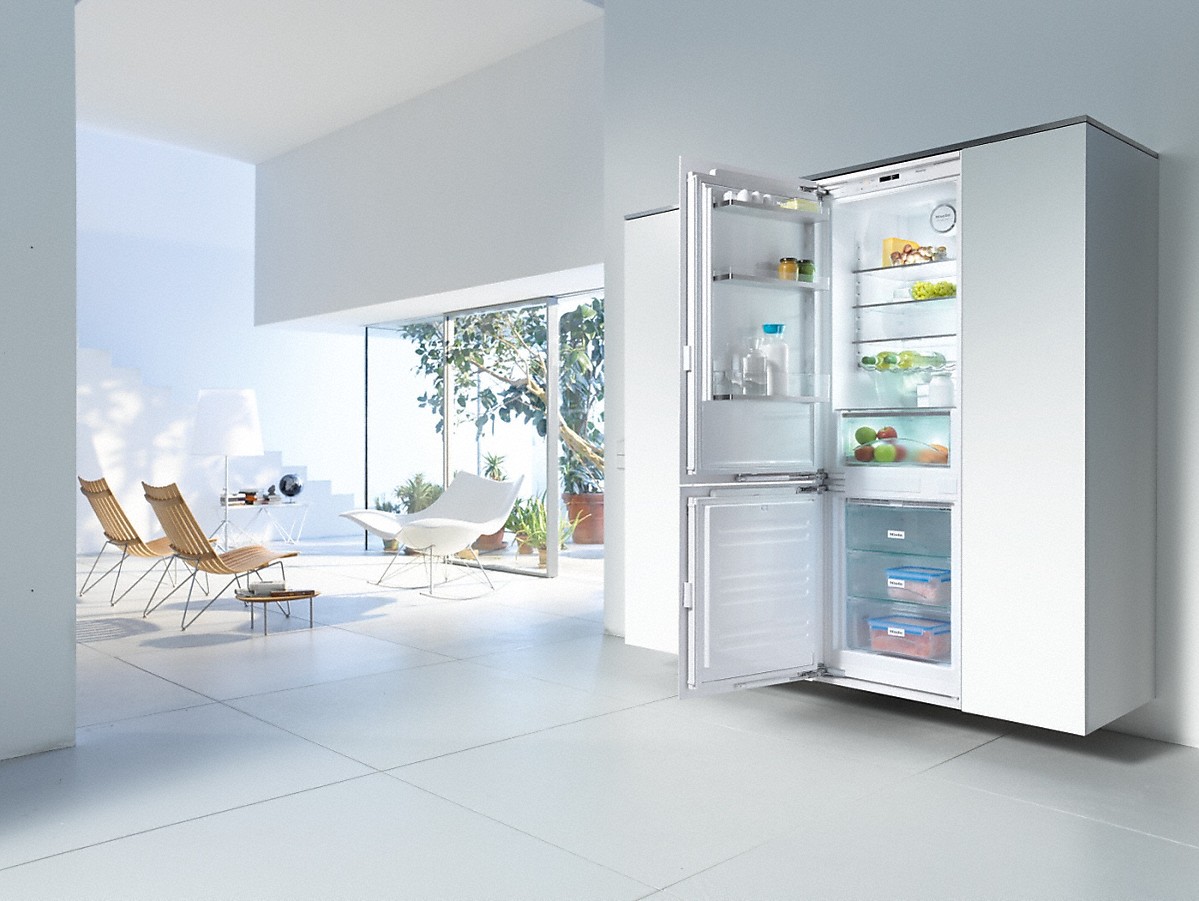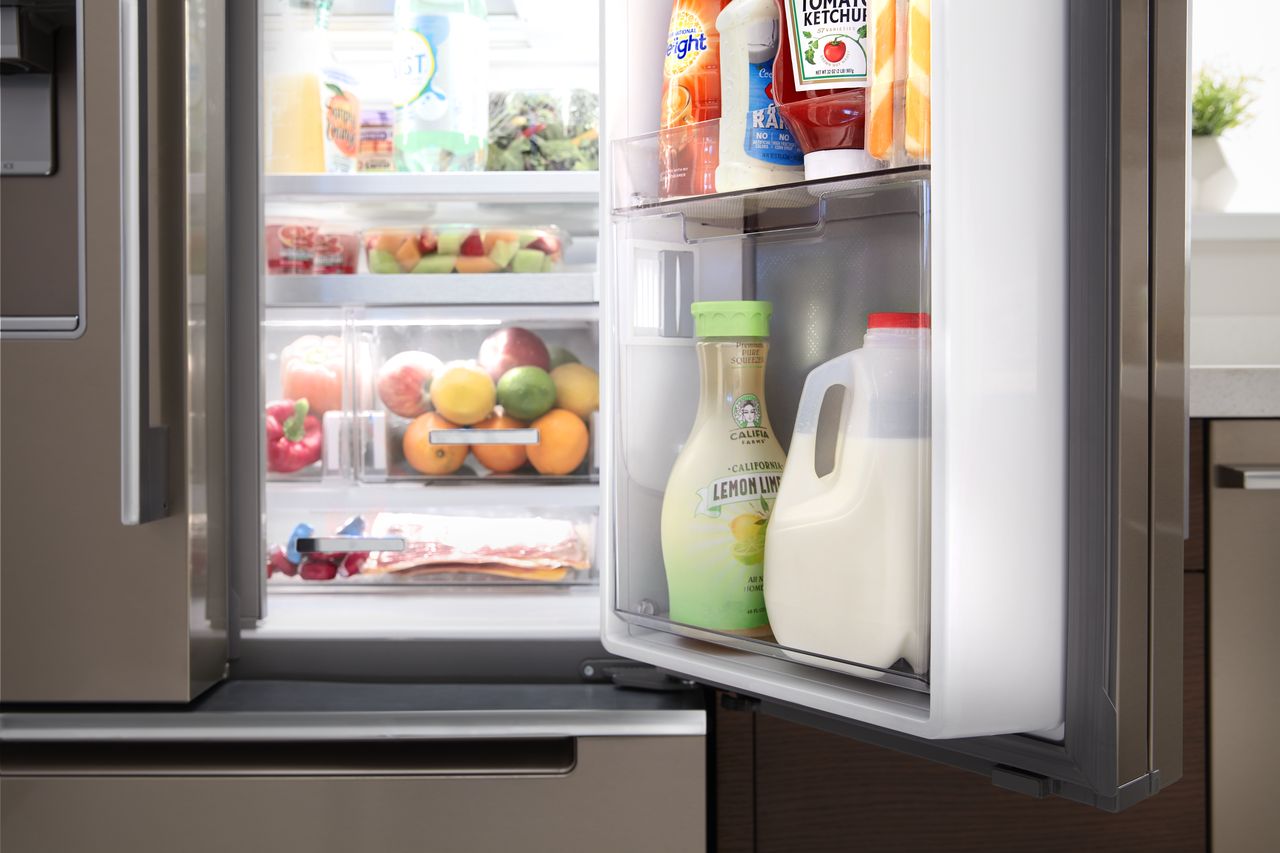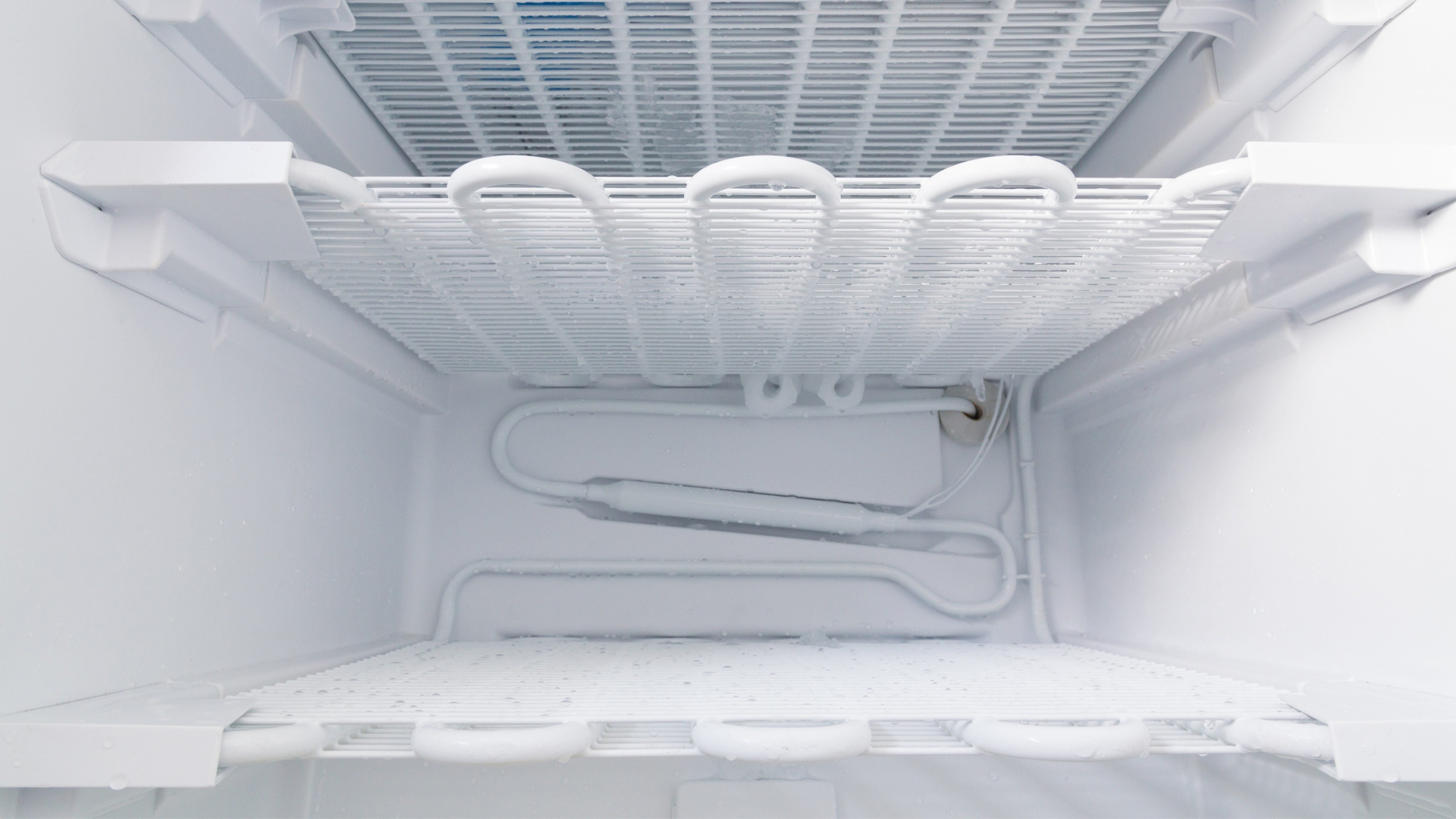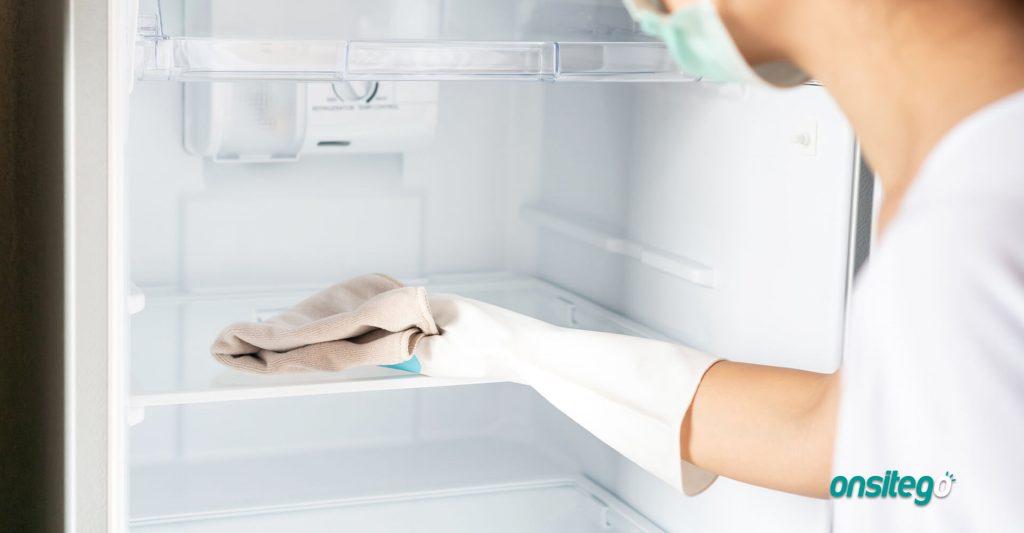Last Updated on May 10, 2022 by Asif Iqbal Shaik
Wondering how to maintain a refrigerator and why you should do it? Your refrigerator is probably the most hardworking appliance in your home because it runs 24×7 all year long. It safely stores vegetables, fruits, dairy products, chocolates, juices, water, leftovers, and more. Just a couple of hours of power supply failure or breakdown can lead to spoilt fruits and milk. So, no one wants their refrigerator to break down in the middle of hot summers (or any season for that matter). Hence, keeping the refrigerator in tip-top condition is in everyone’s own best interest.
Spending a few minutes once every few days and regular maintenance will help the refrigerator run efficiently and save you from sudden breakdowns and related services costs. In this article, we will teach the top ten tips to maintain a refrigerator.
How To Maintain A Refrigerator
- Don’t forget to close the refrigerator door quickly.
- Check the refrigerator’s door seal.
- Always set the correct temperature for efficient cooling.
- Arrange and cover items in the refrigerator properly.
- Don’t block the vents inside the refrigerator.
- Empty ice accumulation.
- Avoid placing the refrigerator too close to the walls.
- Clean the refrigerator once every few days.
- Follow refrigerator placement guidelines.
- Clean the refrigerator’s condenser coils.
1. Don’t Forget To Close The Refrigerator’s Door Quickly

Well, this tip sounds very obvious, but it is equally important. If you keep the door open for a long time, the fridge loses its ambient temperature, and it has to work harder to cool things down again, which only means higher power consumption and electricity bills.
If it helps, think about what you need from the refrigerator beforehand and then open the door so that you can get things done quickly and close the door as soon as possible. Once you’re done storing or removing things from your refrigerator, close the refrigerator’s door properly. This helps the refrigerator in maintaining the temperature without working too hard.
2. Check The Refrigerator’s Door Seal (Gasket)

Speaking of closing the door, sometimes the door’s gasket can get deteriorated (cracked, hardened, or warped) and leak cold air even if you close the door, leading to higher energy consumption. This form of wear and tear can happen over the course of a few years or due to bad maintenance. Hence, you should periodically check the condition of the door’s gasket.
An easy way to check if the gasket is sealing the door properly is to keep a coin between the door and the compartment. Close the door in such a way that half of the coin is inside and the other half is visible to you. If the coin slips out easily, it means that the gasket isn’t sealing properly, and you should call a professional service engineer to get it fixed.
3. Always Set The Correct Temperature For Efficient Cooling

Most refrigerators offer a way to set the temperature, and it is essential to set and maintain the right temperature for efficient cooling.
It is recommended to set the refrigerator’s temperature at 4°C, and the freezer’s temperature should be below 0°C (ideally, -18°C or -19°C if you are storing meat).
If your refrigerator doesn’t offer a proper number-based system to set the temperature, it most likely has a scale-based system. In that case, it is generally a good idea to keep the scale to its medium or normal level. You should follow the refrigerator’s manual for more details and recommended temperature settings.
4. Arrange & Cover Items In The Refrigerator Properly

You should cover the items inside the refrigerator and arrange them properly. Try to store the food and other things inside plastic containers with securely fitting tops. This helps in minimising the moisture inside the refrigerator and prevents odours from migrating throughout the compartment and creating a funny smell. Properly arranging items in the fridge will also help you store and remove them faster, which means that you won’t have to keep the door open for a longer time.
5. Don’t Block The Vents Inside The Refrigerator
There should be enough clearance between the refrigerator’s vents and things that are stored inside the fridge. This helps cool air to pass through as it should. If anything blocks the vents, it creates an inefficient environment inside the refrigerator, forcing it to work harder to keep things cool.
6. Empty The Ice Accumulation, Defrost The Freezer

If you have a single-door refrigerator, ice may accumulate in the freezer compartment every now and then. You should regularly defrost it as not doing so can cause wastage of energy. Defrosting a single-door refrigerator may take more than an hour, so you should prefer doing this during weekends or when you have ample time.
7. Avoid Placing The Refrigerator Too Close To The Walls
Do not place the refrigerator too close to the walls. No matter where you’ve placed your refrigerator, make sure that there is a minimum of one inch of distance between the fridge and the wall. This gap helps the refrigerator from dispensing heat generated during the refrigeration process and keeps the appliance running efficiently.
8. Clean The Refrigerator Once Every Few Days

A large part of the refrigerator’s maintenance also revolves around keeping it clean and tidy. No one likes looking at a messy and smelly refrigerator. You should clean the outside and the inside of the fridge using a soft, damp cloth and a mild cleaning agent (or vinegar). Don’t forget to clean the door’s gasket so that it stays in good condition. Regularly cleaning the refrigerator saves you (and others) from unsightly and messy views and funny-smelling odours.
9. Follow Refrigerator Placement Guidelines
A refrigerator needs to stay level from all sides so that the doors close and seal properly. If it isn’t level, liquids and other fluid items stored in open cups or glasses inside the refrigerator may spill over when you open the door. To check if the fridge is level on all sides, use a level tool, place it on one of the shelves inside, and then adjust it accordingly.
10. Clean The Refrigerator’s Condenser Coils

This is probably the most challenging part of refrigerator maintenance. A refrigerator’s condenser, which releases heat during the refrigeration process, is usually placed at the bottom rear portion. Over time, dirt and hair can cover up those coils, and when that happens, the heat isn’t released efficiently, and the cooling is reduced. A condenser filled with dirt makes the refrigerator work harder than it should and increases the electricity bill.
To clean a refrigerator’s condenser, refer to its manual. Usually, the condenser cleaning process involves powering off the fridge, removing the power cable from the power socket, rolling or moving the refrigerator away from the wall (so that you can see things clearly), and removing a few screws from the rear. Then, use a specialised condenser cleaner tool or a vacuum cleaner to remove dirt and hair stuck on condenser pipes.
Protect Your Refrigerator Using An Extended Warranty Plan
Despite regular maintenance, things can sometimes go wrong with a refrigerator, and in such cases, an extended warranty might help. We recommend buying an Extended Warranty Plan for your refrigerator from Onsitego to save yourself from sudden breakdowns and costly servicing. Our refrigerator extended warranty plan includes the following:
- Extends the manufacturer’s warranty to make your refrigerator last longer
- Covers malfunctions and breakdowns
- Free service at your doorstep
- A repair or replacement guarantee.
- If we can’t service your refrigerator in time, you get a free replacement.
You can buy our refrigerator extended warranty plan for up to four additional years on top of the standard one-year manufacturer warranty.



Discussion about this post